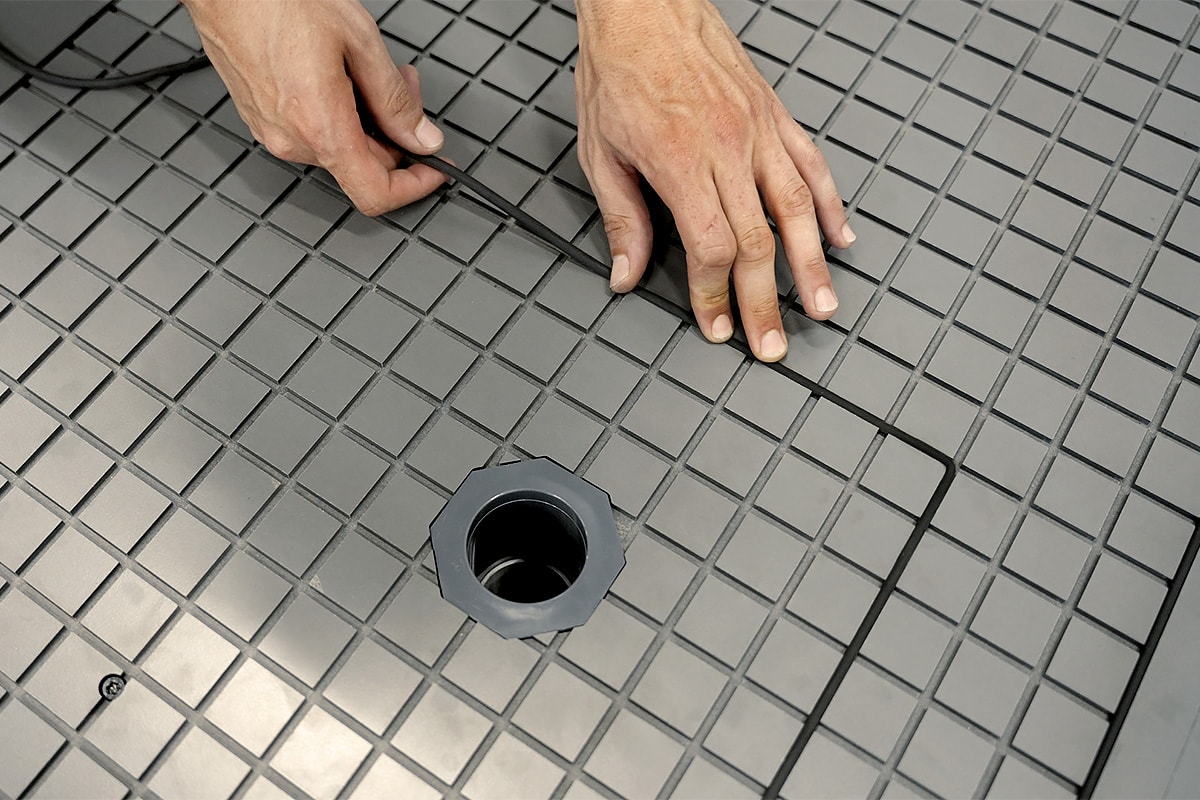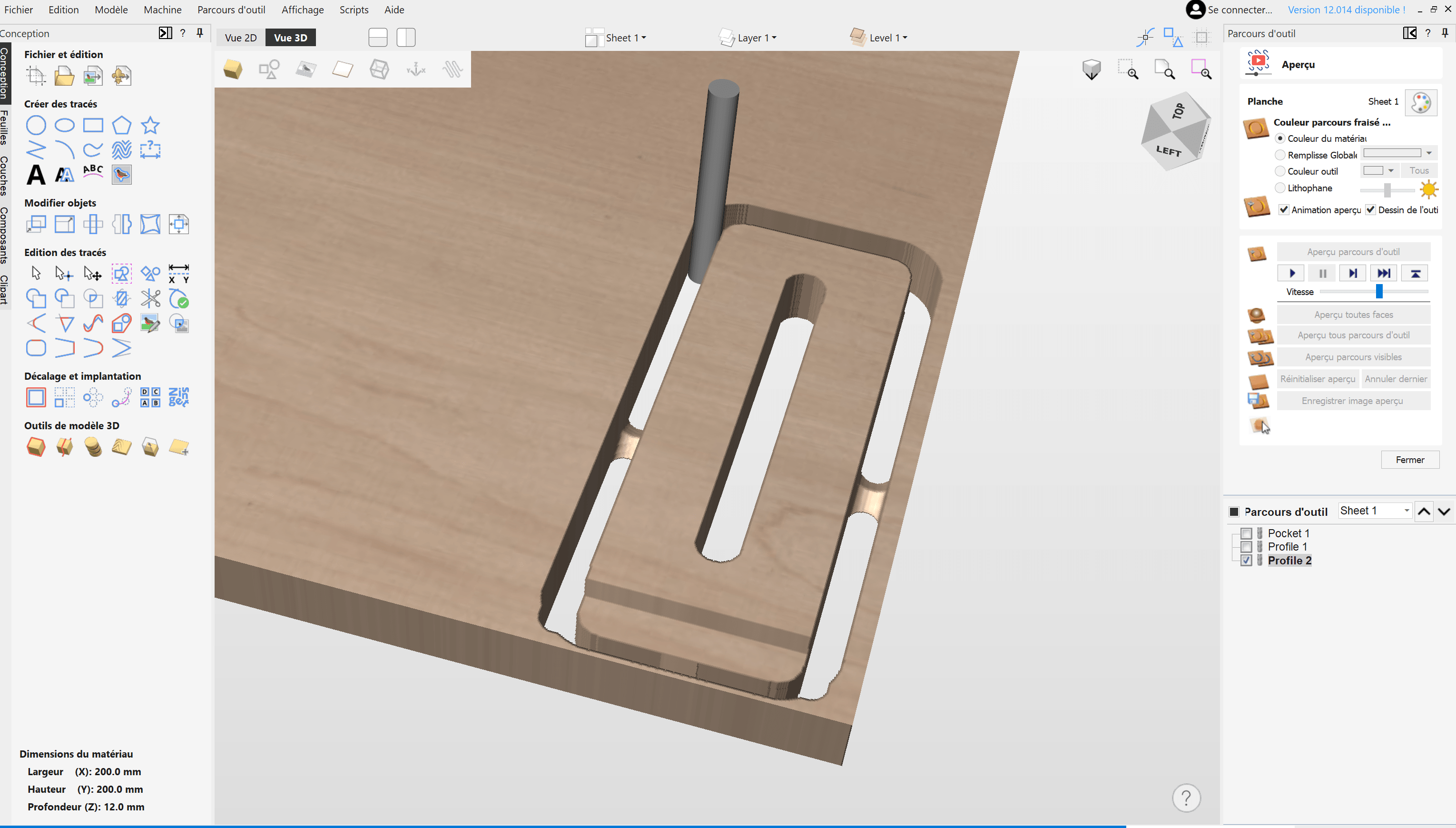Intro
"Hi, it's Martin from Mekanika. In this video, I'm going to show you the kind of file and software you need in order to use your CNC machine."
What you need
"Before we go any further, you need to know that there are many ways to go from a file to a manufactured objecta.
However, the logic behind it is always the same: you will only needa three things.
First you need the file, 2D or 3D, you will also need a software to generate machine instructions and another one to read them and also control your machine.
I'm going to show you how to achieve this with one of the most used software nowadays, Fusion360.
First, we need a file. In general, we only have two options.
Either you already know how to design in 3D and that's great because Fusion360 can open thousands of different formats, or you only know how to design in 2D, and then you will have to transform your file into a 3D model.
Alright, let's get to it. OK, first of all, what you need is Fusion360 installed on your computer. If it's not the case, go to their website and download their free trial
Fusion
Fusion is a cloud-based program, which means that all your designs can be saved online.
Nothing is kept on your hard drive. As said previously, Fusion is a really versatile program, it allows you to create your model from scratch but also to upload an existing model or insert a 2D file.
Let's have a look at that last option.
You can see that not a lot of different files are allowed in the insert option. You can place meshes such as *.STL or *.OBJ and vector files like *.DXF or *.SVG.
Before importing the *.DXF file, let's have a quick look at the drawing.
The part I want to create in 3D looks like this on a sketch. It's a clamping device that I want to make out of plywood 12mm thick.
As you can see on the drawing, there's a tiny detail: we need to create a small step of 4mm on the tip of the part. This is the reason why we need to transform our 2D file into a 3D model
Let's go back to Fusion.
First, create a design and click on the drop-down menu insert.
Choose *.DXF.
It should open a small window with few options. You can choose the plan on which you want to import your 2D file by simply clicking on it, and you can of course browse your computer to select your file.
Once the file is loaded, you can see that more options appear on the menu.
You can for example adjust the position of the *.DXF on the plan you chose by typing or using the arrows.
When you are happy with it, just press enter
As you can see, Fusion automatically separates the sketch in two areas. This will help us to create our volume properly.
To do this, we will use the basic function of any CAD program: the extrude function.
You can find it in the drop-down menu over here, or you can also use the shortcut by pressing « E ».
This will open another menu related to the extrusion options.
You can select a profile, choose the direction and of course the distance of the extrusion.
In our case, we want to mill a 12mm plywood, so let's define the distance as 12.
Press enter to validate and repeat this operation on the second part of the profile.
You notice that the profile disappeared, since there is a 3D model.
To be able to select the 2D profile you need to activate the eye symbol on the sketches' menu, press on "E" again, select the second part of the profile and set the distance at 8mm this will create the small step we talked about press enter and that's it: we have our 3D model."
CAD vs CAM
"OK, now we want to transform this file into a real object and for that we will need a CAM software.
Let me quickly explain what is the difference between CAM and CAD
CAD stands for Computer Aided Design. It means that it will help you to create 3D models and design your part, just like we did.
CAM stands for Computer Aided Manufacturing. It helps you to create machining operations necessary to produce the 3D model you designed before.
Let's discover that together in the next video."



